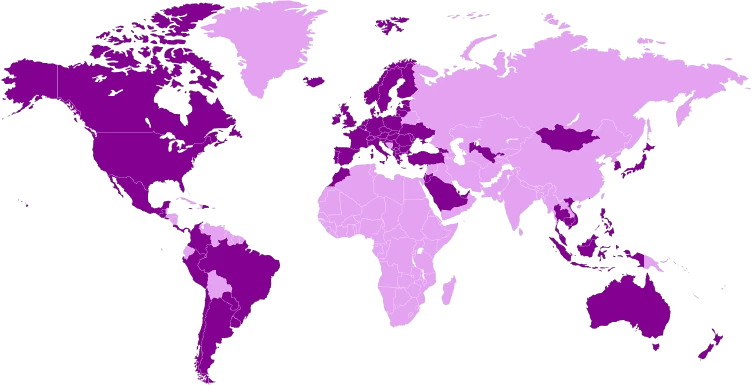Who participated in PISA 2022?

Which Australians took part?
PISA randomly takes a representative sample of 15-year-old students across Australia.
Achievement trends
International comparisons
Students achieving Level 3 or above
(Australia’s proficient standard)
Australian student proficiency by demographic group
Arrows indicate whether the percentage has gone up or down since 2018


Gender
In PISA 2022, the proportion of students achieving the National Proficient Standard (Level 3 or above) in Mathematics was 53% for males (similar to PISA 2018) and 48% for females (a lower proportion than in 2018). In Reading, the proportion was 54% for males (similar to PISA 2018) and 61% for females (a lower proportion than in 2018). In Science, the proportion was 58% for both males and females (both similar to 2018).
Socioeconomic status
In PISA 2022, the proportion of students achieving the National Proficient Standard (Level 3 or above) in Mathematics was 30% for students in the lowest socioeconomic quartile (a lower proportion than in PISA 2018) and 72% for students in the highest socioeconomic quartile (similar to PISA 2018). In Reading, the proportion was 41% for students in the lowest socioeconomic quartile (similar to PISA 2018) and 75% for students in the highest socioeconomic quartile (similar to PISA 2018). In Science, the proportion was 40% for students in the lowest socioeconomic quartile (similar to PISA 2018) and 78% for students in the highest socioeconomic quartile (similar to PISA 2018).
Cultural background
In PISA 2022, the proportion of students achieving the National Proficient Standard (Level 3 or above) in Mathematics was 20% for First Nations students (a lower proportion than in PISA 2018) and 53% for Non-First Nations students (a lower proportion than in PISA 2018). In Reading, the proportion was 29% for First Nations students (similar to PISA 2018) and 59% for Non-First Nations students (similar to PISA 2018). In Science, the proportion was 29% for First Nations students (similar to PISA 2018) and 60% for Non-First Nations students (similar to PISA 2018).